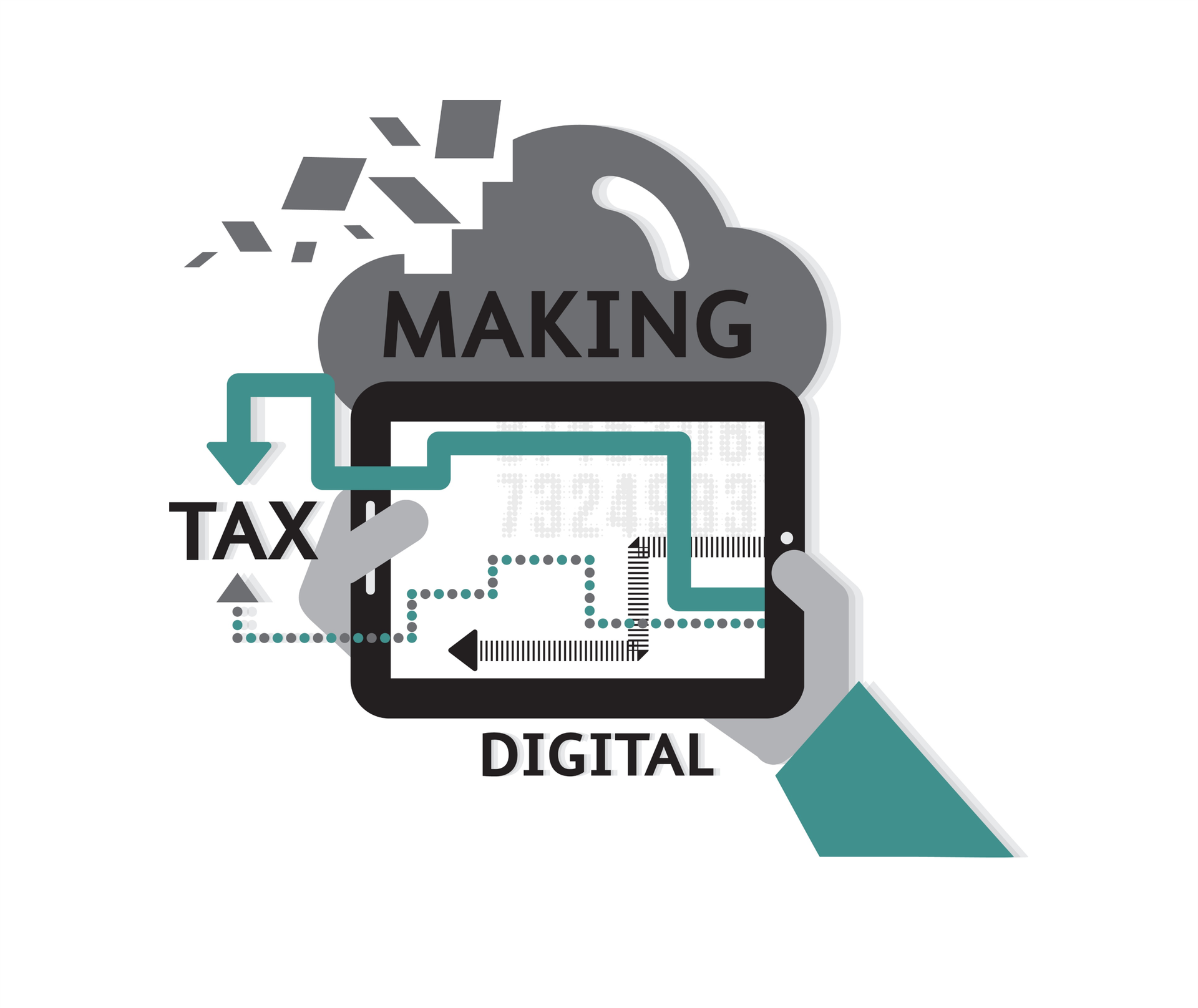
Last updated: 01/07/25
If you're a sole trader or landlord with a gross annual income or turnover of over £50,000, a major change is coming your way. From 6 April 2026, you may be required to keep digital business records and submit quarterly updates to HM Revenue and Customs (HMRC) under Making Tax Digital (MTD) for Income Tax.
This is one of the biggest shifts in Self Assessment since it was introduced, and while there are potential benefits, it will also mean significant changes to the way you manage your accounts.
What’s changing?
Under MTD for Income Tax, affected individuals must:
- Keep digital records using MTD-compatible software
- Submit quarterly updates of income and expenses to HMRC
- File an end-of-year digital tax return (replacing the annual Self Assessment tax return).
The qualifying income threshold refers to total income from self-employment and property (before any expenses or allowances are deducted).
MTD aims to move the tax system towards more frequent, digital reporting. While some businesses may find it helps with financial organisation and reduces errors, it also means a shift away from the once-a-year tax return process that many are familiar with.
The Pros and Cons
You may find some potential benefits from the new system, such as:
- More up-to-date information about your tax position
- Possible time savings at year-end if records are kept properly throughout the year
- Reduced risk of errors in tax reporting
However, there are going to be some potential challenges too:
- Additional administrative burden, with four quarterly update submissions plus an end-of-year tax return
- Requirement to purchase or subscribe to compatible accounting software, if you don’t do so already
- A learning curve for those less familiar with digital bookkeeping
For many sole traders and landlords, the biggest adjustment will be the need for regular digital record-keeping rather than dealing with tax in one go at the end of the year.
What happens next?
MTD is gradually being introduced so that it will eventually be a requirement for any self-employed individual or landlord with a qualifying income of over £20,000.
- From April 2026, self-employed businesses and landlords with a qualifying income of over £50,000 will need to comply with the new MTD requirements
- From April 2027, the threshold falls to £30,000
- From April 2028, it drops again to £20,000
How we can support you
For more detailed information, access our Making Tax Digital Questions and Answers page where you will find:
- An interactive Q&A section providing detailed responses to the most frequently asked questions
- Regularly updated blogs on specific MTD topics
Also, in the coming months, watch out for information about our Making Tax Digital seminars.
The information provided in this blog is for general informational purposes only and should not be considered professional advice. As far as we are aware, the content is accurate at time of publication. Torgersens assumes no responsibility for errors or omissions in the content or for any actions taken based on the information provided.



.jpg)
.jpg)



